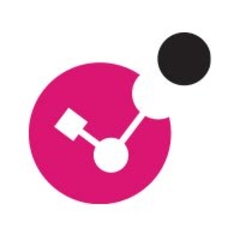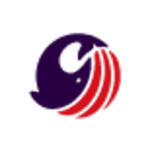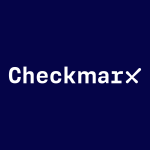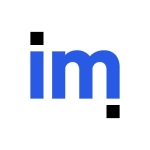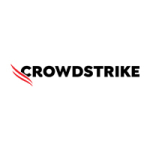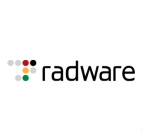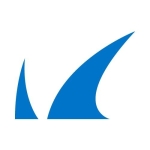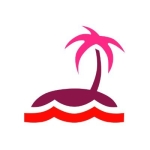We utilize Check Point CloudGuard to protect our Office 365 email system from phishing attempts, which were becoming increasingly common. Additionally, we rely on it to secure our usage of Microsoft Teams for collaboration, as well as for our SharePoint platform. Furthermore, we leverage CloudGuard Endpoint to safeguard our machines, particularly because many of our end users frequently travel abroad. This ensures that we have visibility into their activities and locations, allowing us to restrict access if necessary or provide remote assistance when needed.
We were facing several challenges that prompted us to implement CloudGuard Application Security. Previously, we used another vendor for email security, but we found that many emails were slipping through, requiring us to manually review each one. This became a significant overhead, as we had to ensure that every email was properly tagged. With Check Point's email security solution, this overhead was practically eliminated.
Now, the number of emails slipping through is minimal, perhaps only once or twice a month. Additionally, Check Point's solution streamlines the process by notifying users of potentially legitimate emails that were flagged as suspicious. This feature has been particularly helpful since our company relies heavily on email for contract-related communications. On the endpoint security front, we were impressed by Check Point's ransomware protection feature, including its anti-ransomware rollback capability. Having experienced the importance of such features in previous roles, it was a straightforward decision for us to switch from our previous vendor to Check Point.
The benefits we've observed are significant. On the email front, my workload has been drastically reduced, practically eliminating overhead. As for Check Point, it provides peace of mind knowing that in the event of a ransomware attack, the system has a rollback feature. This reassures me that I'll have the opportunity to investigate and diagnose any issues that may arise.
In terms of email, Check Point's solution effectively blocked numerous phishing emails that were previously slipping through, which is a significant advantage. Regarding Check Point in general, the cloud-based management capability is highly beneficial as it eliminates the need for on-premise appliances or servers. Additionally, it ensures that I can still manage the security of devices even when they're outside the corporate network.
It's very important that CloudGuard Application Security defends our applications against threats without solely relying on signatures. Relying solely on signature-based detection is limited, as it's only as effective as the signatures themselves. With the ever-evolving nature of threats, especially in environments like conferences where new threats emerge frequently, relying solely on signatures may not be sufficient. I've taken the initiative to test various security solutions by experimenting with different malware downloads and observing how they perform. This hands-on approach underscores the importance of having a robust behavioral engine, like the one provided by Check Point, which adds an additional layer of security beyond traditional signature-based detection.
Regarding false positives with CloudGuard Application Security, particularly in emails, I've encountered very few instances.
The solution has effectively lowered our total cost of ownership for our web application firewall, particularly in the context of email security.
We opted not to go with our CloudGuard vendor's web application firewall because, in the case of Microsoft, we decided to try their email security system. However, it didn't perform as expected, with many threats slipping through. Consequently, Check Point's solution proved to be more effective in this scenario.
On the endpoint side, the most valuable feature is undoubtedly the cloud-based management capability, along with the ransomware protection, despite not encountering any instances so far. Regarding email security, the standout feature is the minimal overhead, essentially reducing the task to routine maintenance.
One area for potential improvement is the management interface. Occasionally, when there are major updates, the layout of the menus changes, which can be somewhat disruptive as I need to search for familiar options. Consistency in menu structure would be beneficial, as it allows users to develop muscle memory and navigate the interface more efficiently over time. Improving the process for handling licensing renewals would be a welcome enhancement.
I have been using it for five years.
In terms of stability, I find it generally reliable. However, there have been a few issues, particularly with license renewal, where the system would unexpectedly go offline without notifying me. This would sometimes take a couple of days to resolve, requiring support intervention to address licensing issues.
Tech support is prompt, knowledgeable, and efficient. On a scale from zero to ten, I would rate them a solid ten.
Previously, our email security solution was provided by Barracuda, and our endpoint security was handled by ESET.
The initial setup was straightforward, primarily because it involved mainly APIs, which simplified the process.
I was in charge for the deployment.
We've observed ROI primarily in terms of cost reduction. This is mainly because there are fewer servers to manage now compared to other solutions, where on-premise servers were necessary.
I find the pricing to be reasonable.
I also evaluated SentinelOne, CrowdStrike, Mimecast, and CheckPoint. Ultimately, I chose Check Point because of its comprehensive IT toolset, which allows me to manage all aspects from a single dashboard. I appreciated the convenience of not having to switch between different units for different functionalities, thus avoiding the creation of multiple interfaces.
The advice I would offer to others regarding Check Point products revolves around their robust features, particularly the rollback feature. I appreciate how Check Point handles this compared to some competitors who use their own driver on the DriveSpace, whereas others leverage Microsoft VSS. Regarding email security, it's straightforward to deploy and has a high catch rate compared to competitors. Overall, I would rate it ten out of ten.

